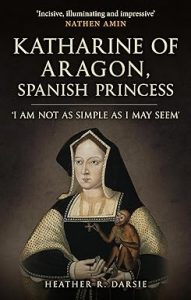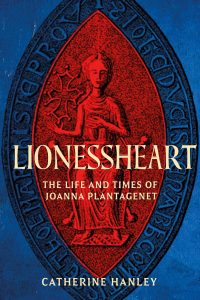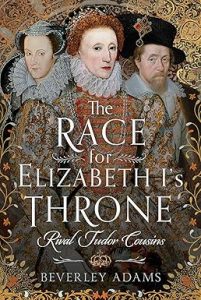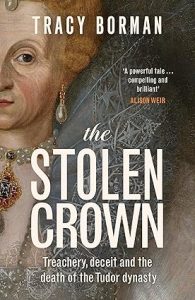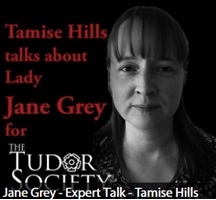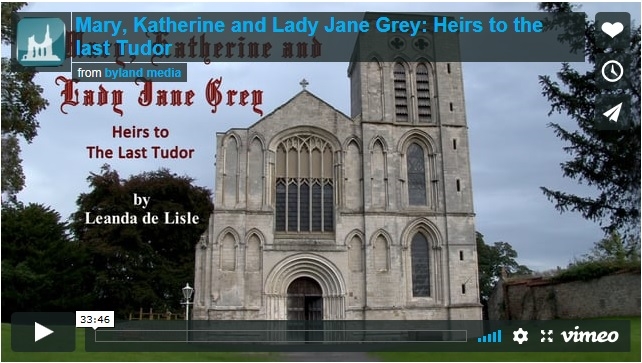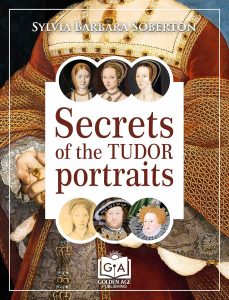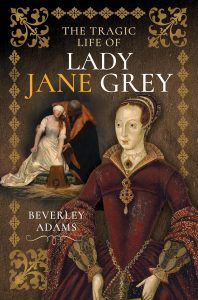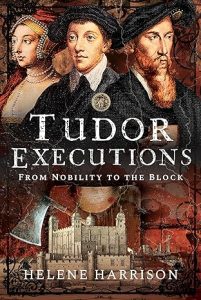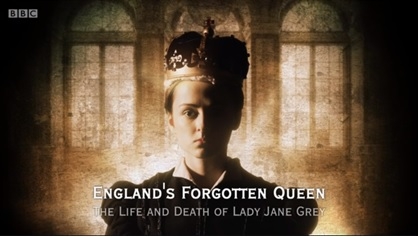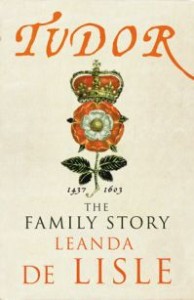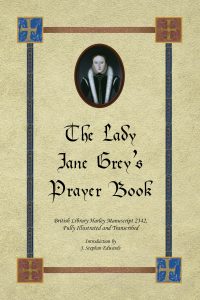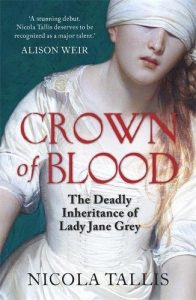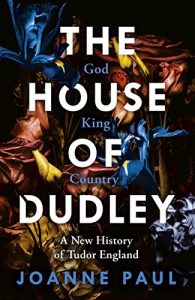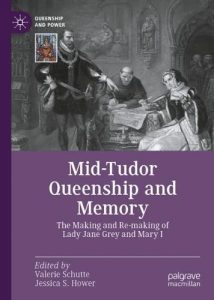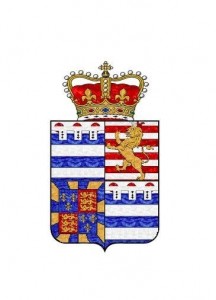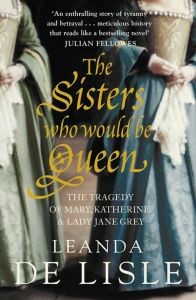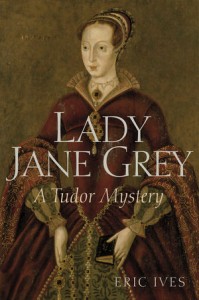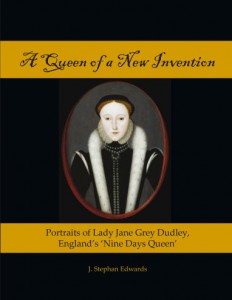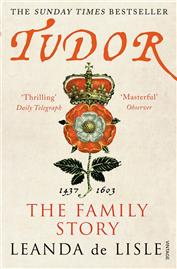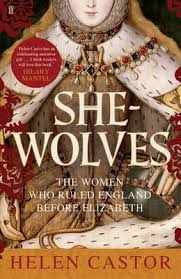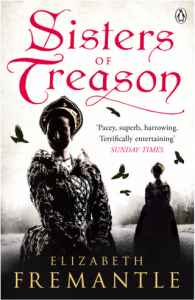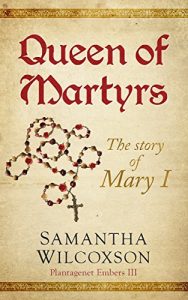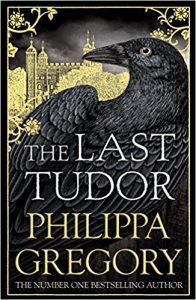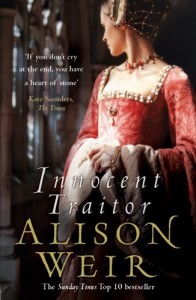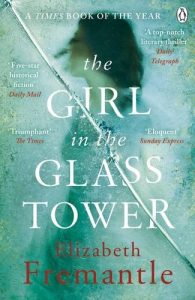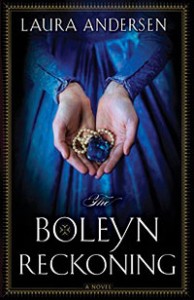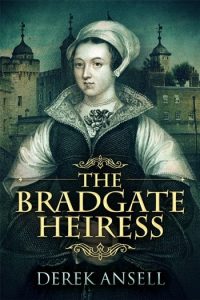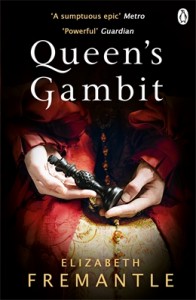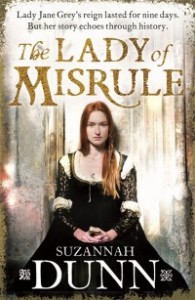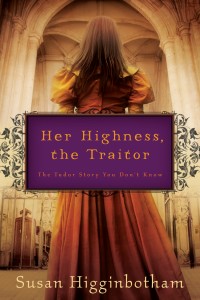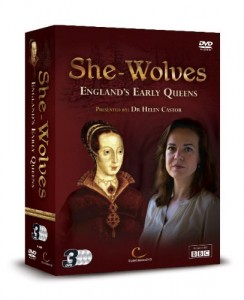Death Becomes Her: The Life and Afterlife of Lady Jane Grey
National Gallery, 5th March 2010
On Friday I attended Leanda de Lisle’s lecture at the National Gallery.
The curator of the ‘Painting History: Delaroche and Lady Jane Grey’ exhibition at the National Gallery until May 24th, began by giving a brief history of Delaroche’s painting before introducing Leanda.
De Lisle started her talk by declaring that Delaroche’s ‘The Execution of Lady Jane Grey’ encapsulated the legend of an innocent girl executed for the crimes of others and how this was one of the many myths about Lady Jane.
She continued with background information about the three sisters, their ancestry, dates of birth (Jane in May 1537) and their early lives.
Mostly raised at Bradgate Park, the family were Evangelicals (Protestants) and Henry Grey was a keen religious reformer who lavished money on Jane’s education.
Roger Acham visited Bradgate and found the 13 year old Jane in the hall of the house while everyone was out hunting. She famously complained to him about her strict parents and the story was used for basis of later claims that Frances was a child abuser. De Lisle pointed out that in the original conversation, Jane complains equally about both parents.
This account was written some years after her death and was used by Ascham to change the harsh education system. Florio (who knew Jane and her parents) wrote when Jane was 16 that she was close to both her parents; in particular to her mother.
Edward wrote his will in April 1553 excluding his two half sisters (Mary because she was Catholic and would undo his religious work.) At the time no one was excluded from throne on religious grounds, so used the pre text of illegitimacy. Henry VIII had barred the Stuart line (descended from his sister Margaret) and chosen the Suffolk line (descended from his sister Mary).
Edward made Frances Grey, Duchess of Suffolk, governor of England until the birth of a male heir. This would make the throne ‘an empty chair’, leaving the country weakened and the idea of this horrified the nobility.
Leanda described it as a ‘race to the birthing stool.’ As all three Grey sisters were swiftly married or betrothed.
William Parr’s wife suggested Jane marry Guildford Dudley (fourth son of John Dudley, Duke of Northumberland). It was claimed later that Jane opposed the marriage but there is no evidence for this.
Katherine was married to Henry, Lord Herbert (nephew of William Parr). Mary (who was only 8 or 9) was betrothed to a distant relative, Grey of Wilton (the ‘greatest soldier in the Kingdom’).
The falling out of the Greys and Dudleys began slowly after the marriage.
It became obvious Edward would die before a male heir could be born and this led to a small but significant change to his will. Unless Frances gave birth to a boy before he died, the throne would pass directly to Jane.
Henry Grey was annoyed by this as he saw power would pass to the Dudleys. It was assumed the groom of a Queen regnant would hold more power than the bride of a King.
Leanda showed the miniature portrait by Lavinia Teerlinc that David Starkey believes to be a marriage portrait of Jane. It has been argued that it can’t be Jane as the woman in the miniature does not have red hair and brown eyes.
This description is based on the famous contemporary letter by the merchant Spinola, containing details of Lady Jane as she processed to the Tower of London on July 10th. De Lisle revealed this letter to be a 20th century fraud.
Starkey has argued that the flowers and leaves in the miniature represent emblems of the Dudley brothers (found carved on the walls of the Tower) gillyflowers for Guildford and oak leaves for Robert (3rd son). De Lisle asks why would Jane wear oak leaves of Robert? There is a more recent suggestion that the portrait might be Amy Robsart (Robert’s wife).
Jane’s position in the Tower seemed secure to Imperial Ambassadors, as she had support of the vast majority of the political elite and most of the military force was under Dudley’s control.
Mary wrote to Jane’s Privy Council this was not expected, as the councillors thought that Mary would go to Norfolk and ‘cry over her rosary beads.’
Jane showed she was prepared to defend her throne by issuing proclamations that Mary and Elizabeth were bastards, there was danger that Mary would re-introduce popery, both could marry foreigners and set about raising an army against Mary.
The people did not understand that if Mary and Elizabeth were illegitimate, why was Jane Queen instead of her mother?
Jane demonstrated ruling as well as reigning. She signed documents with her own hand and declared she would make Guildford a Duke but not King.
Once Jane was overthrown, Frances went to Mary to plead for the lives of her family. She blamed the Dudleys and claimed they had poisoned Henry Grey.
Mary pardoned Henry Grey and hoped to pardon Jane but was opposed by the Imperial Ambassadors who said Jane and Guildford were figure heads for the opposition.
Both were tried in November but Mary wanted to ‘demonstrate feminine mercy and royal power by granting a pardon’. That she didn’t was partly down to Jane.
It became clear that Mary would do what Jane feared when she was Queen by re-introducing the Mass. To Jane the Mass was ‘evil’ and she was determined to oppose it. Wrote a letter to Harding (her family’s former chaplain) condemning his conversion to the Catholic faith.
Henry Grey was involved in planning a revolt for Easter 1554. News of this leaked out and had to be brought forward. The rising in Leicestershire was a flop but the Wyatt rebellion came close to over running the court.
Mary was presented with question of what to do with Jane? Simply a matter of signing the execution warrant as already condemned. It was pointed out to her that Protestants had opposed her in 1553, were opposing her again now and that Jane was a figurehead for Protestantism.
Mary wanted Jane to convert to save her life. She sent her own chaplain to see Jane. Jane herself believed that if she converted it would save her life. Decided she would die for her beliefs. Jane wrote down her conversation with Dr Feckenham and signed it, to be used as anti-Marian propaganda after her death.
On 12th February 1554, Jane was escorted to the scaffold by two women. We are told one was Mistress Ellen, her old nurse. This was another 20th century fraud that was drawn from Victorian fiction. The other woman was Elizabeth Tilney, a distant cousin) and Leanda suggests that Ellen was possibly another cousin.
Jane died with ‘more than manly courage.’ It is believed that she made a speech but this is not certain. What has been passed down is that Jane was guilty of treason but innocent of ambition, having merely accepted the throne she was bequeathed and had not actively sought it.
Jane’s last letter to her sister, told Katherine she should be prepared to die for her beliefs. For Mary’s reign, Frances played the ‘Catholic’. She has received flak for doing this, although William Cecil has not been criticised for doing the same.
De Lisle argues that this was all part of an unfortunate process where Jane became ever more passive in the story. Always known as Lady Jane Grey and not ‘Lady Jane Dudley’ as she signed herself. Frances has been portrayed as the wicked queen to Jane’s Snow White.
Portrait of Lady Dacre and her son was mis-identified for years as Frances and her ‘toy boy’ second husband Adrian Stokes, whom she married weeks after Henry Grey’s execution. In fact, Frances married him a year later and he was only a year or two younger than her. By not marrying a nobleman, Frances ruled her family out of contending the succession.
Jane’s story has become a personal tragedy, not part of something bigger. It marked the beginning of trying to stop Catholics inheriting the throne.
Elizabeth was concerned about the emphasis on Jane being married, fearing if she was not Protestant enough and had no son, her own supporters would replace her with Katherine Grey. So Elizabeth did not allow the remaining Grey girls to get married. When they did, they were separated from their husbands and imprisoned.
Leanda outlined a brief marital history of Katherine and Mary. Elizabeth preferred the Stuart claim to that of the Greys.
Events of 1553 are part of a bigger story but the image of an innocent young girl remains.
You can read another account of the lecture at Writing History in Colours.


